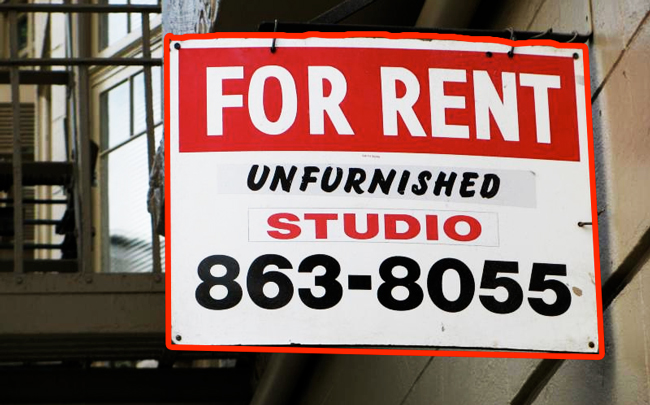Trending
Apartments are unaffordable in more than half of Chicago: report
Median 2-bedroom rents are outpacing median incomes all over the map, Renthop researchers found

Average two-bedroom apartment rents are outpacing household incomes in more than half of Chicago’s ZIP codes, leaving families struggling to pay rent in neighborhoods all over the map.
Of the 70 ZIP codes studied in a report published by Renthop this week, the average renting family in 40 of them is spending more than 30 percent of its income on its home, according to the report.
The ratio of rents to incomes is highest in in the ZIP codes covering West Englewood, Kenwood and East Garfield Park, where median rent for a two-bedroom apartment is at least 60 percent of median monthly household income.
Researchers studied almost every ZIP code in the city, plus about a dozen in nearby suburbs. They used 2016 income data from the U.S. Census Bureau and Renthop apartment listings to determine median rents.
ZIP code 60616 — which covers parts of the South Loop, Bridgeport and Oakland — was listed as the city’s fourth-least affordable, with a median two-bedroom rent of $2,025 and a median family income of $42,776.
Suburbs like Glenview, Park Ridge, Mount Prospect and Orland Park were listed among the most affordable parts of the region, with household incomes generally between $50,000 and $70,000 and family-sized apartments renting in the $1,200-$1,500 range.
But neighborhoods like Bronzeville, Uptown, Pilsen and Rogers Park ranked among the least affordable, as demand from new residents drives up rent for rooted families.
“Rents get lower as you start to move away from the city center,” said Adrian McHale, a Renthop researcher and author of the report. “But interestingly, you’ll find that affordability gets extensively worse in those medium-distance neighborhoods, because rent isn’t going down far enough to match incomes.”
Uptown and Bronzeville have both seen surges in outside investment in the past few years, sparking fears that long-time residents could be priced out.
Unsurprisingly, Chicago is still boasts dozens of more affordable neighborhoods than the five coastal cities also examined in the Renthop study. Median rent is less than 35 percent of the median income in about two-thirds of Chicago ZIP codes. That’s compared to just 29 percent of Miami ZIP codes, 9 percent of Los Angeles and 8 percent of New York City.
National average rents reached a record high in June, led by Manhattan’s median of $4,116.
Last month, a RentCafe report suggested the Chicago region may not be building enough large apartments to keep up with a surge in family renters.




